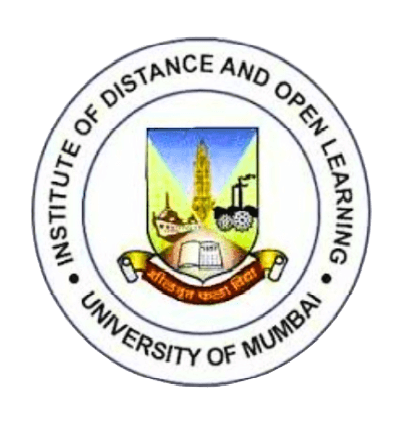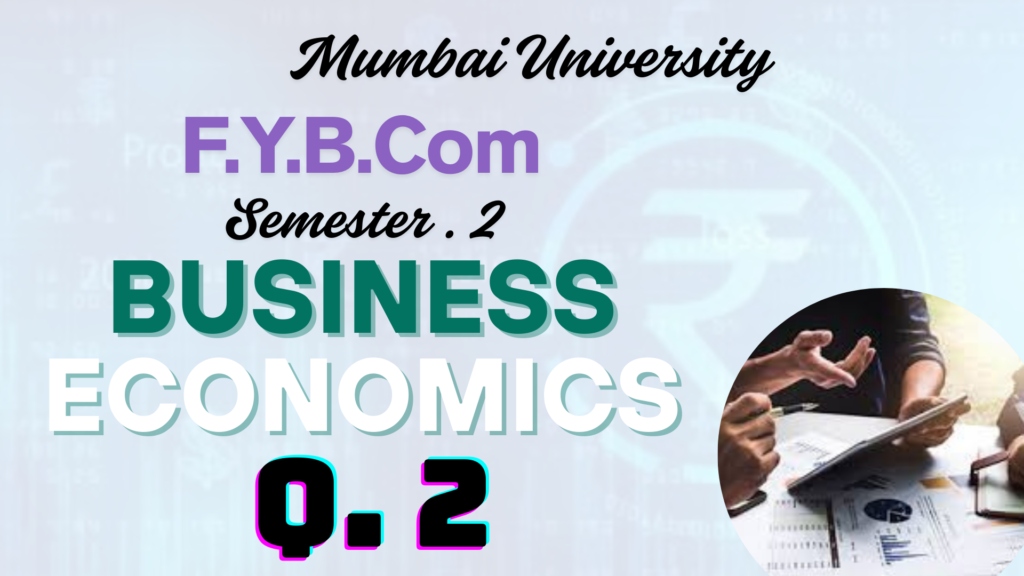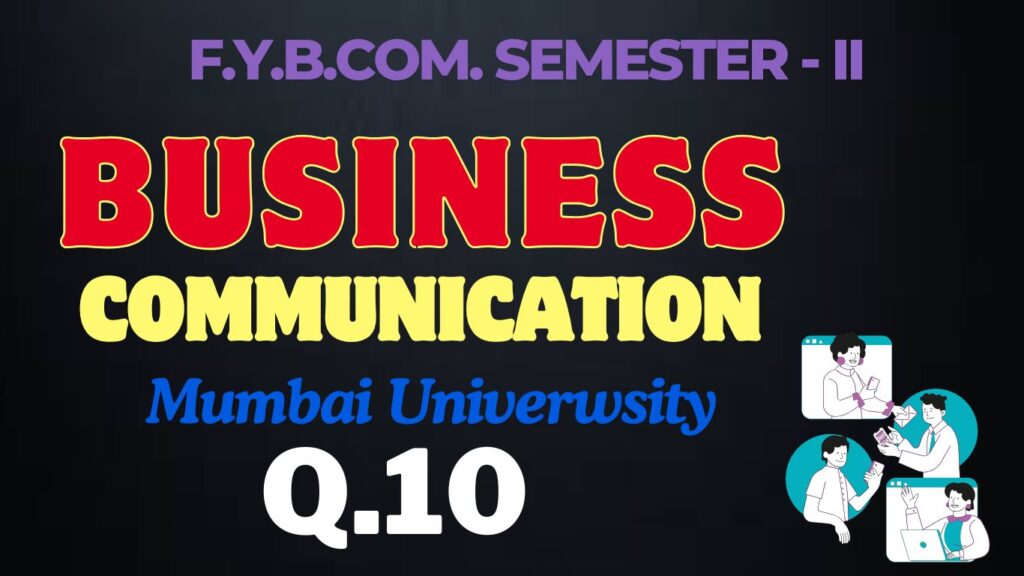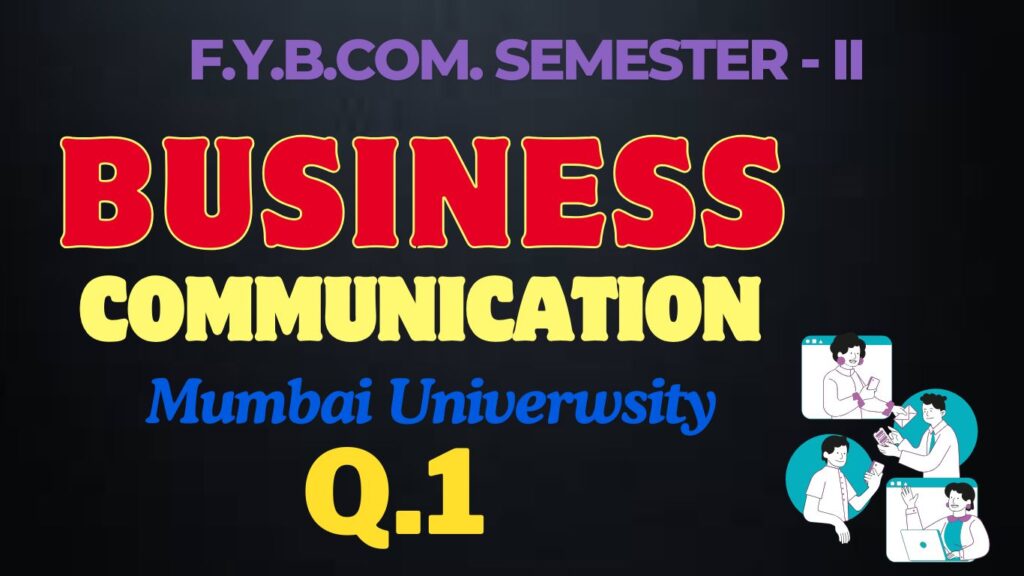Impotence Medication: A Complete Guide to Treatment Options, Usage, and Expert Insights
Impotence Medication: Solutions for Erectile Dysfunction Your Comprehensive Guide to ED Drugs, Therapies, and Safe Use Impotence medication—sometimes known as erectile dysfunction drugs or ED pills—represents a breakthrough in men’s health and quality of life. Whether you’re an individual seeking best-in-class treatment, a healthcare provider counseling patients, or a business professional in the pharmaceutical industry, understanding the landscape of impotence medication is crucial. What is Impotence Medication? Impotence medication refers to drugs or therapies designed to treat erectile dysfunction (ED), a condition where a man is unable to achieve or maintain an erection sufficient for satisfactory sexual activity. According to the Cleveland Clinic, ED affects up to 52% of men aged 40-70, making impotence medication one of the most requested and researched urological topics today (Cleveland Clinic, 2024). Types of Impotence Medication: Mechanism, Use, and Considerations Name How it Works How to Use Notable Side Effects Sildenafil (Viagra) Enhances blood flow by inhibiting PDE5 enzyme Take orally, 30-60 min before sexual activity, max once daily Headache, flushing, upset stomach, vision changes Tadalafil (Cialis) Prolonged PDE5 inhibition for up to 36 hours Oral, 30 min before sexual activity or once daily Muscle aches, back pain, indigestion Vardenafil (Levitra/Staxyn) Similar to sildenafil, faster onset Oral, 25-60 min before sexual activity Nasal congestion, headache, vision issues Avanafil (Stendra) Rapid action, minimal side effects Oral, 15-30 min before activity Flushing, back pain, nasal congestion Alprostadil (Caverject, Muse) Prostaglandin E1; relaxes blood vessels Injected or urethral suppository, 5-20 min before Penile pain, minor bleeding, priapism How to Use Impotence Medications Safely and Effectively Consult Your Physician: A comprehensive evaluation is vital to determine the underlying cause and the safest, most effective medication for you. Follow Prescribed Dosages: Never exceed the recommended dose. Most ED medications are not meant to be used more than once a day. Be Aware of Interactions: Some impotence drugs can dangerously interact with nitrates, alpha-blockers, and other medications. Monitor Side Effects: Report any chest pain, vision loss, or prolonged erection (priapism) to a healthcare professional immediately. Infographic: The ED Medication Workflow Step 1: See a doctor Step 2: Get a prescription Step 3: Choose oral or injectable therapy Step 4: Take as directed—timing matters Step 5: Monitor results and side effects Step 6: Follow up for adjustments Key Considerations: Who Should and Shouldn’t Use Impotence Medication? Ideal Candidates: Men with psychological or vascular ED, no contraindicating medical issues. Not Recommended: Those with unstable heart disease, using nitrates, or with severe liver/kidney impairment. Enterprising healthcare, business, and commerce professionals should keep abreast of these contraindications to avoid liability and deliver top-tier care or product advice. (Source: NHS, 2023). Doctor and Pharmacist Comments Dr. Sunil Mehta, Urologist: “Impotence medications such as sildenafil and tadalafil have revolutionized the treatment landscape. Patient education on timing, potential drug interactions, and realistic expectations is key to successful outcomes.” Pharmacist Priya Deshmukh: “Always purchase ED medication from reputable sources to avoid counterfeit drugs, which are unfortunately prevalent online.” Dosage Recommendations Sildenafil: 25-100 mg, 30-60 minutes pre-activity (max once per day) Tadalafil: 10-20 mg prior to sexual activity or 2.5-5 mg daily Vardenafil: 5-20 mg, 60 minutes beforehand Avanafil: 50-200 mg, 15-30 minutes beforehand Alprostadil: 2.5-20 mcg, by injection or as per prescriber’s guideline All dosages must be prescribed and adjusted by a licensed healthcare provider. Business & Commerce Perspectives: The Growing Market Pharmaceutical companies, e-commerce platforms, and supply chain professionals are closely watching the booming impotence medication market. According to Business Economics Weekly, global sales of PDE5 inhibitors exceeded $4 billion USD in 2023. Ethical advertising, competitive pricing, and thorough auditing practices are vital for companies to establish trust and compliance, especially when advertising on high-traffic platforms. The market for impotence medication is expected to grow as awareness and acceptance increase. Common Questions Answered Can lifestyle changes improve ED?Yes. Regular exercise, weight loss, quitting smoking, and moderating alcohol can help. Are over-the-counter remedies safe?No. Always choose clinically proven, doctor-prescribed medication to avoid health risks. Will ED drugs increase libido?Mostly, they improve physical response, not sexual desire. Can younger men use ED medication?Yes, if prescribed for diagnosed ED, but overuse or misuse can cause harm. How to Buy Genuine Impotence Medication Online For safety and privacy, always use a licensed pharmacy. To guarantee authenticity, quality, and affordable prices, consider purchasing through our trusted online pharmacy for impotence medication. Our expert team supports you at every stage, from consultation to delivery. Related Topics Worth Exploring Psychological causes of erectile dysfunction Business law & e-commerce in pharmaceutical sales Indirect tax implications for ED medication distributors Supply chain management for sensitive medications Marketing strategies for urological healthcare products Recommended Resources and Further Reading CDC Men’s Sexual Health NHS Erectile Dysfunction UpToDate: Pharmacologic Treatment of ED For reliable service, expert guidance, and authentic products, visit our specialized impotence medication page today!










